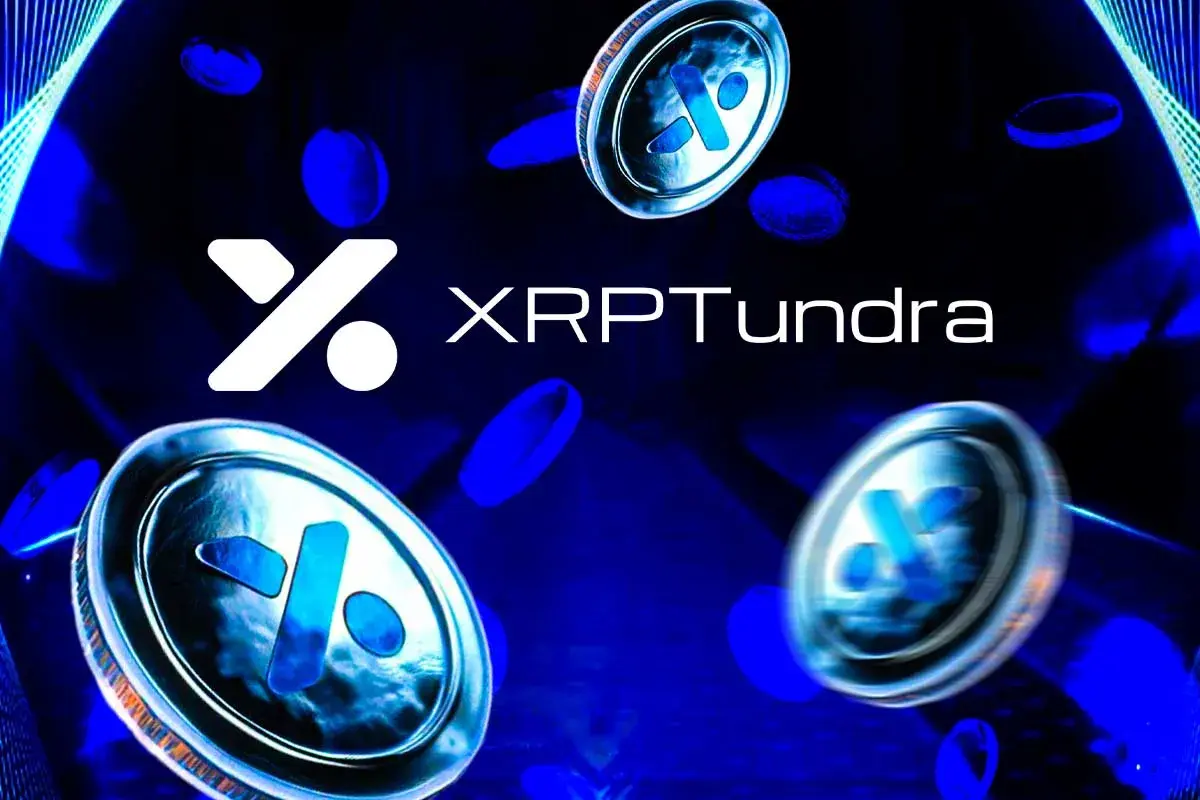Why Major Investors Are Now Paying Attention to XRP Tundra in 2025

Bitcoin and Solana communities have traditionally remained in separate corners of the digital asset landscape. Bitcoin holders prioritize scarcity, macro cycles, and long-horizon positioning, while Solana users focus on throughput, execution efficiency, and application-layer innovation.
Yet in late 2025, both groups have begun converging around the same unexpected development: the rise of XRP Tundra, an audited, revenue-backed DeFi ecosystem designed to connect Solana’s performance with the XRP Ledger’s settlement infrastructure.
The shift reflects a broader market trend. After a turbulent year marked by volatility spikes, liquidation cascades, and inconsistent liquidity depth, investors across multiple chains are seeking yield systems that deliver predictable returns without relying on custodial lenders or inflationary emissions.
Tundra’s cross-chain model, built to unify execution and settlement, has quickly become a focal point for BTC and SOL holders evaluating more durable portfolio strategies for 2026.
Bitcoin and Solana Holders Face a New Market Landscape
The digital asset environment entering late 2025 has created pressure across systems that rely solely on speculative cycles. Bitcoin remains a macro hedge, but offers no native yield and pushes holders toward centralized lending desks or synthetic derivatives if they want additional return.
After several failures across the lending sector over the years, that risk no longer aligns with the priorities of long-term BTC allocators.
Solana, by contrast, offers high throughput and strong application growth. However, many of its yield models still depend on emissions-heavy structures or aggressive incentives that lose value as market conditions tighten. Activity is abundant, but long-term revenue reliability remains inconsistent.
As a result, investors are now looking for a runner amidst this volatility. XRP Tundra fits what they’re looking for, a trend highlighted across analytical commentary, including recent coverage from Bull Run Angel.
Tundra Bridges Solana’s Speed With XRPL’s Institutional Settlement Layer
A major pillar of Tundra’s appeal is its dual-chain model. TUNDRA-S, deployed on Solana, manages high-speed execution for yield distribution, liquidity routing, and automated operations. TUNDRA-X, anchored on the XRP Ledger, governs treasury functions, reserve mechanisms, and cross-chain coordination.
This design serves as the basis for GlacierChain, the upcoming XRPL-aligned Layer-2 environment designed to unify settlement finality with scalable DeFi infrastructure.
For Solana users, it creates an avenue to access yield frameworks built on transparent revenue rather than emissions.
For Bitcoin holders, it introduces a way to participate in audited, non-custodial yield without engaging in derivative-based systems.
The architecture aligns directly with XRPL’s broader trajectory: rising ETF inflows, expanding ODL corridors, growing enterprise settlement, and regulatory stability. Tundra sits in the middle of this shift, providing the financial layer that turns XRPL activity into a sustainable yield.
Revenue-Backed APYs Offered Exclusively with XRP Tundra
The core distinction between Tundra and yield systems on Bitcoin or Solana lies in the source of returns. Tundra’s Cryo Vault rewards come entirely from verifiable protocol activity across the ecosystem:
- Transaction fees from swaps and lending
- Derivatives activity
- Cross-chain bridge volume
- Frost Key NFT income
- Treasury operations that lock TUNDRA-X permanently
With both tokens hard-capped and no mint functions present, rewards scale with usage rather than inflation. This model mirrors established real-yield platforms like GMX and Gains Network, where APYs depend on economic throughput rather than new supply.
This characteristic is attracting the attention of cross-chain investors evaluating more stable, long-term positions. As many conducting due diligence discover, often by searching if XRP Tundra is legit, the project’s transparency and verification stack distinguish it from the yield models BTC and SOL holders typically encounter.
XRP Tundra’s Audited and Verified Infrastructure
Tundra’s verification framework adds another layer of appeal. Its contracts have undergone multiple independent audits through Cyberscope, SolidProof, and FreshCoins, all accessible publicly for review. These assessments confirm the absence of critical vulnerabilities and outline the system’s permission structure.
The team is fully doxxed and identity-verified via Vital Block. The architecture includes no admin mint keys, no privileged withdrawal roles, and a fully open-source codebase.
A real-time revenue dashboard displays every fee generated, aligning Tundra’s yield system with the transparency standards required by more conservative investors.
Institutional Acquisition Accelerates Tundra’s Timeline
Tundra’s relevance expanded further following confirmation that a major institution has begun acquiring the project, securing Tier-1 exchange integration and accelerating the ecosystem’s full launch to December 15.
As part of the acquisition, the institution authorized one final 48-hour retail window at $0.01, marking the last opportunity for non-institutional participants to access this pricing before institutional terms take effect.
Evaluate the ecosystem during the final 48-hour retail window at $0.01 and position your portfolio ahead of Tundra’s accelerated December 15 launch:
Buy Tundra Now: official website
How to Buy Tundra: step-by-step guide
Security and Trust: SolidProof audit
Join the Community: Telegram
Recent Posts
- sponsored
XRP $1,000 Prediction: Why Audited and Verified Staking Platforms Like Tundra Could Get Us Closer
Goldman Sachs analyst Dom Kwok’s prediction that XRP could reach $1,000 led to a wave…
- sponsored
Eden Miner Shows Strong Earning Potential in a Growing Global Cloud Mining Market
The rising volatility in the market is moving capital away from speculative assets towards those…
XRP ETF Rumors Rise as Tundra Launch Nears — A Perfect Setup for Investors?
Speculation around a potential BlackRock XRP ETF has intensified sharply after the Canary XRPC ETF…
- sponsored
Volatile Markets Push Investors Toward XRP and Growing Staking Platforms
There is no sign of positive sentiment left in the crypto market, and the Fear…
- sponsored
Web 3 Games Fantasy Finally Hits as Funtico Launches their Game Via EV2 Presale
Web3 games support true ownership of in-game assets with real-world value. Explore how EV2 token…
- sponsored
How 8HOURS Mining Helps Users Earn Steady Daily Profits
You can earn up to $7,277 daily with 8HOURS Mining. It leverages cutting-edge cloud computing…